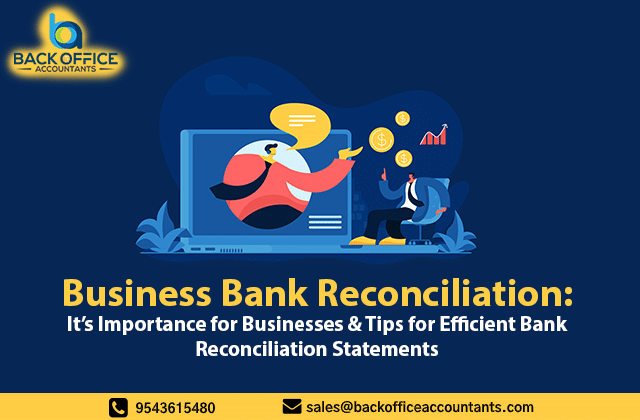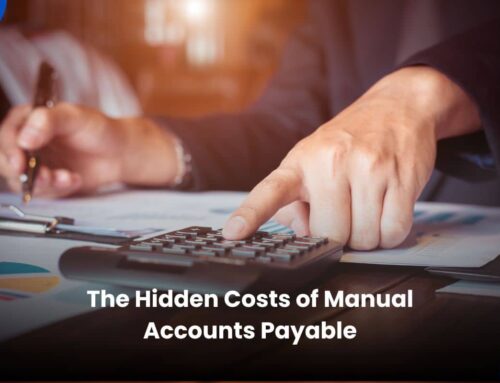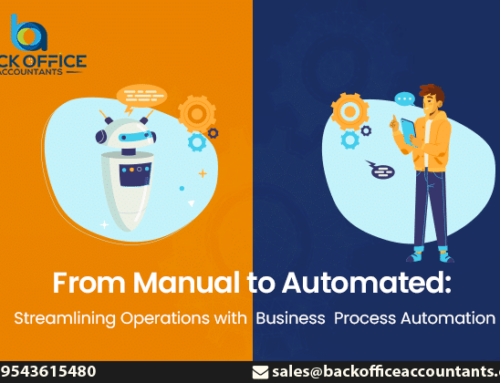Every business has its own bookkeeping process where a general ledger records each and every cash transaction, both inflow and outflow of cash in the form of bills, checks, receipts, etc. to keep everything up to date.
Similarly, the bank you operate your business accounts also keeps track of every financial transaction when it processes your checks, withdrawals, deposits, charges in credit and debit columns. Your bank sends a bank statement which is a detailed list of all financial transactions with an updated bank balance in your account. When the company receives its bank statement for the month, in ideal conditions the transactions in the statement should be a match with the transactions in the company’s internal general ledger.
And this process of comparing the company’s internal financial records with the bank statement is called Bank Reconciliation and the statement prepared to reconcile the differences is called as Bank Reconciliation Statement.
Importance of Bank Reconciliation Statement:
Remember we said ‘ideal’ above? And that is because in the practical world there are myriads of reasons that both statements do not match with each other. Cash or checks in transit, outstanding checks, double payments, calculation errors, missed payments service charges of the banks, interest on the income or late fees, or miscellaneous bank charges; reasons for this mismatch could be legitimate and many. And as the company grows, the financial transaction could take a complex turn further making it difficult to keep track of everything and adjust them accordingly.
But bank reconciliation is the most important step to keep your finances in order. A perfect bank reconciliation statement prevents lag of account receivables, streamlines your automatic payments, detects fraud or accounting errors to prevent your big losses down the line, and keeps track of interest earned.
Bank reconciliation for small businesses is extremely important to identify and prevent inconsistencies in bookkeeping, mitigate any risks and enhance the efficiency of the transaction process.
Tips for Efficient Bank Reconciliation Statements:
Bank reconciliation can be a tedious task in itself but it offers a truckload of benefits for businesses which is why business owners love the sight of the perfectly reconciled statement. So, here are few tips to help you prepare a perfect bank reconciliation process in less time:
1.Procure all the documentation and information beforehand:
First things first, keep all the information and documentation ready before you embark on our reconciliation. In case the information was not recorded or documented, take the case of missing receipts of your suppliers for example, you will have to complete the documentation to make things easy as you go along.
2. Keep your previous reconciled statement handy:
If you are manually processing your reconciliation, your previous statement is necessary to record the closing balance as this can help you identify in case a transaction was untimely accounted in the previous statements. This is why reconciling your accounts as frequently as possible is considered a good practice. However, if you are using accounting software, it promptly pulls them into the record, so you are good.
3. Checkout & analyse common discrepancies:
You can easily save your time by starting off your verification by paying close attention to following common discrepancies:
- Receipting unknown funds into the book and when the source of funds are located correctly, receipting again into the book without reversing the first entry can cause an error. Double verifying the entries with the exact same amount can fix this problem.
- Entering the amount with wrong order of digits is one of the most common errors in accounting that can cause your unnecessary headaches.
- Misplacement of periods and commas while entering the amounts can result in discrepancies too.
Checking out these common errors by paying close attention to the transactions can save a lot of time in the end and if everything looks fine you can concentrate on other factors.
4. Verify the bank transactions:
In addition to the above calculation errors, the other common causes for the mismatch include time discrepancies caused by cheques, direct debits or deposits to the bank, interests collected, or other miscellaneous charges. Sometimes it could be due to the mistake committed by the bank with respect to incorrect debit or deposit. In case everything looks fine, then it’s time to put in the hard work of reconciling items with all the proper documentation and information we have put together
No matter how diligently you put together everything it is always a risk to work with conventional paper documentation as it is more prone to error and misplacement in the long run. To counter this problem, you can automate the entire process to make your reconciliation efficient and less time-consuming.
In spite of all the above are still facing problems with your reconciliation process? Need more help with your bank reconciliation? Our expert pool of accountants at Back Office Accountants has helped many small, medium, and large businesses with their bank reconciliation statements and can help you too. With no hidden charges and cost-effective plans, we provide the most efficient bank reconciliation services in the market. You can contact us here: https://www.backofficeaccountants.com/







